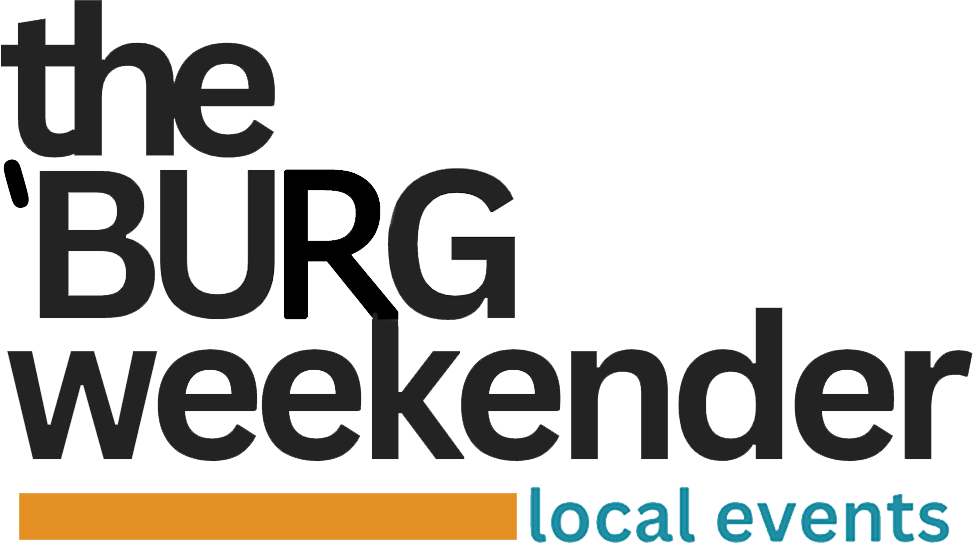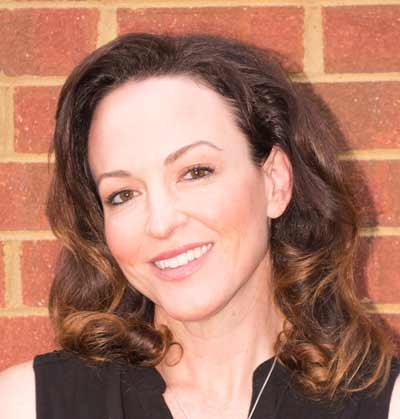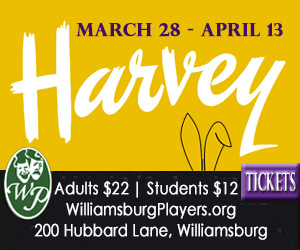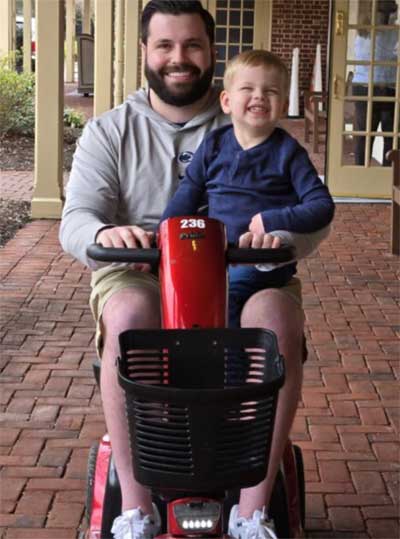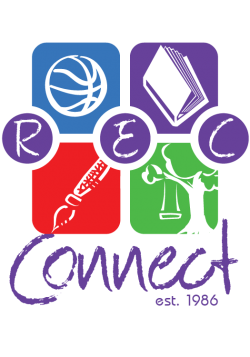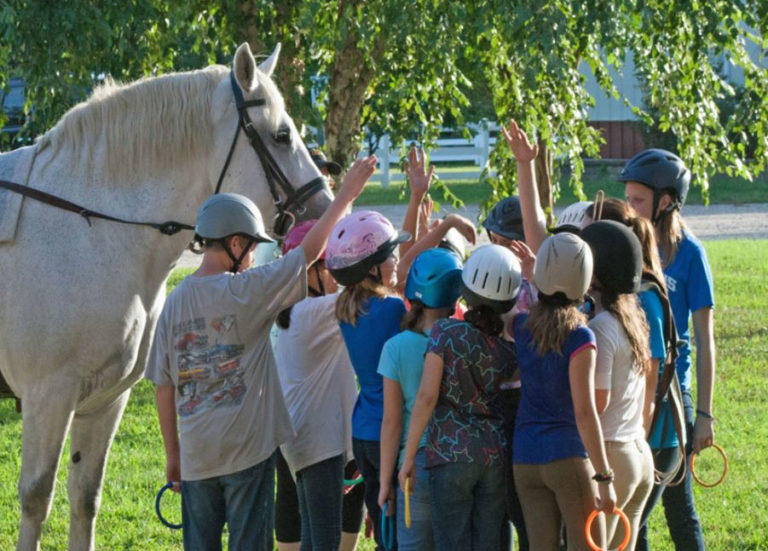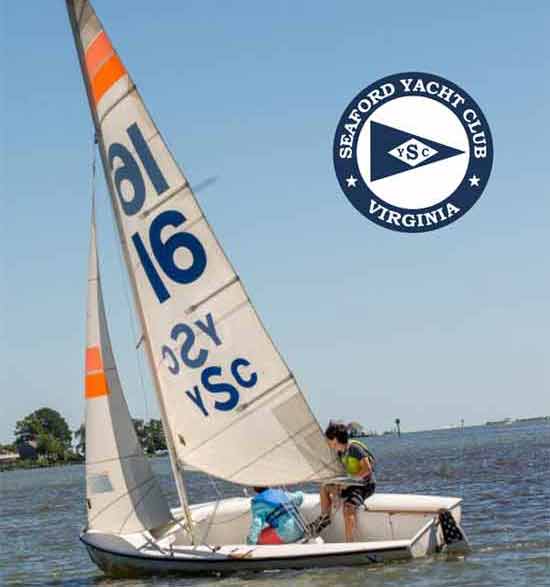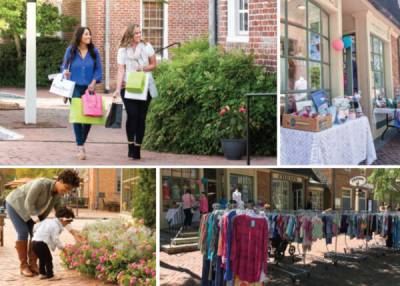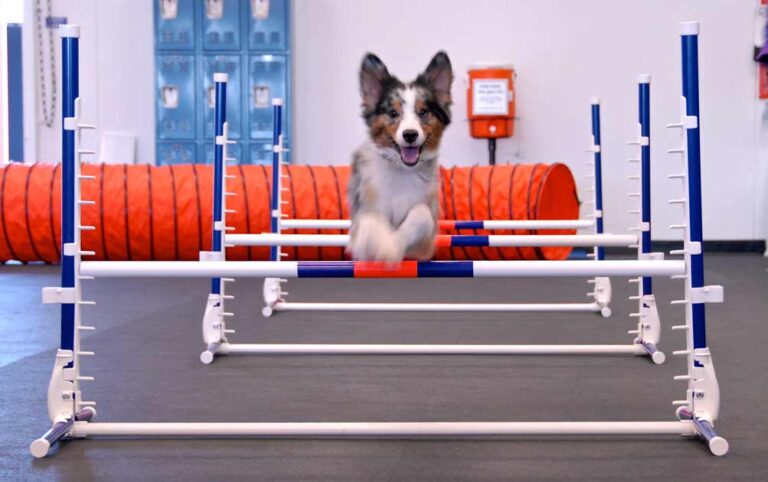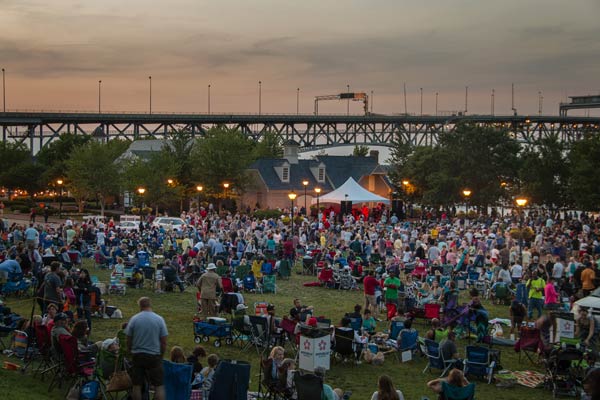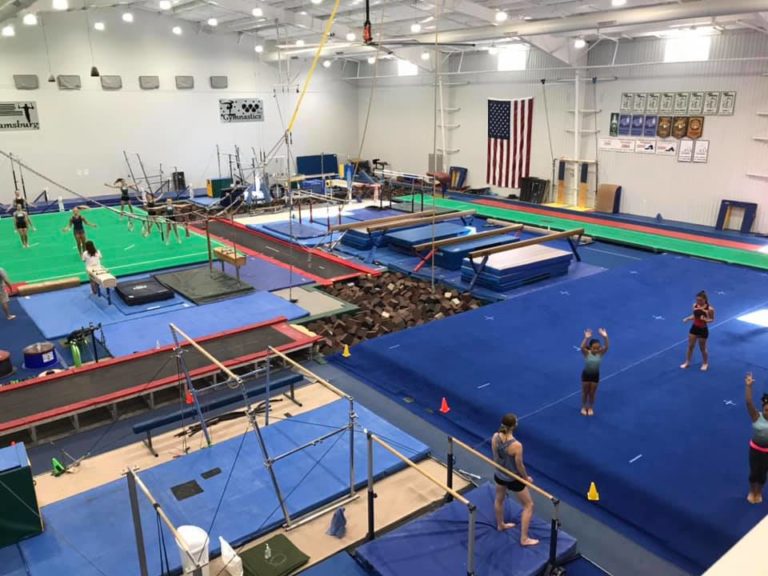Tired of your children’s eyesight worsening each year?
 Ask The Doctor… by Dr. Wilcox, The Wilcox Eye Center
Ask The Doctor… by Dr. Wilcox, The Wilcox Eye Center
Q: What is Corneal Molding (Orthokeratology)? Is it true that Corneal Molding can stop my child’s eyes from getting worse every year?
A: Corneal Molding (CM) is the process of wearing specially designed molds/lenses in your eyes while you sleep which gently reshape the curvatures of your corneas. After waking and removing the molds the wearer can see great all day WITH NOTHING IN THEIR EYES! The process is repeated nightly to have the results the following day. They are comfortable. They are safe. The process is available for people of all ages.
Yes, “CM slows-to-stops the progression of nearsightedness and astigmatism in the younger patient.” There are many studies which reveal these results, in fact, I was the co-investigator and writer of the CANDY Study were we monitored 28 teen patients who were becoming more nearsighted every year while wearing either glasses or conventional soft contact lenses. These children started CM and were monitored for up to 57 months. The results showed their previous rate of myopic progression was essentially stopped. Look at the web site: www.myopiaprevention.org for more the information/studies.
Q: How long has CM been available?
A: The art of flattening the cornea to change a patient’s unaided vision has been practiced for hundreds of years. The ancient Chinese would sleep with small weights on their eyelids to reduce their myopia. Modern CM has been evolving over the past 60 years. The molding of a cornea before the advent of computerized lathes would take months or more to reach an acceptable quality of vision (typically performed by pilots who might have lost their ‘wings’). Today it is possible to have great results after the first night of wear! Some patients can even skip nights depending upon the amount of their initial prescription and unique characteristics of their eyes. It is still fun to listen to all the patient’s stories of disbelief in great unaided vision after their first nights’ wear of their custom designed corneal molds.
Q: Is CM available only for children?
A: No, CM is available for patients of all ages. I have patients as young as 6 and as old as 60 who use CM to give them freedom from daytime glasses and contact lenses.
Q: Does CM only help those with nearsightedness (myopia)?
A: CM works for any prescription. Nearsightedness, farsightedness, astigmatism or the dependency on reading glasses can all be addressed with CM. That does not mean that all patients can benefit from CM. Not all corneas and prescriptions and lifestyles can benefit from CM, but many can. There are too many variables to list, so please feel free to ask at info@wilcoxeye.com or seek a free consultation or view/read testimonials at www.wilcoxeye.com or call my office directly at: 804.642.9800.
A: No and yes. CM is non-surgical. CM provides the same changes in corneal shape that LASIK does. At times, CM provides even better results than LASIK. LASIK is permanent which is rarely a concern but at times can be an impediment. CM is available for people of all ages. Though Dr. Wilcox has enjoyed his personal LASIK results for over 15 years, CM is preferred for: any patient younger than 18 years of age (who cannot legally have elective corneal surgery), any patient over 50 years of age (who should refrain from corneal surgery) , any patient who is averse to eye surgery, any patient who should not have corneal surgery for numerous reasons, patients who suffer from dry eyes or work in dusty/dry environments who cannot wear conventional contact lenses, swimmers and any other athlete who desired to be free of their daytime glasses and contacts while competing with excellent vision as well as the 40-something or greater who may or may not have good distance vision yet wants to be free of reading glasses.
Q: What is the cost?
A: Typically much less than LASIK but more than conventional contact lenses. There is a sliding scale of costs based upon the complexity of the situation. Since our office is a leader in this art form, we attract not only the slighter prescriptions/needs/costs but also the more complicated cases as well. For that reason there are differences in an individual’s time and materials needs. The Wilcox Eye Center does offer a free consolation to anyone interested in the multiple unique services they offer.
Q: Are there other ways to slow down the progression of nearsightedness in the younger patient?
A: Yes there are. None is more practical and effective as CM but not all young patients are ready or able to participate in CM. Some of these other myopia-control-practices are:
•Atropine (90%-100%) – most doctors/parents/patients avoid due to side effects but lower concentrations are showing good results with a fraction of the side effects
•Ortho-K (orthokeratology) or CM (Corneal Molding) (55% to ?%)
•Soft Bifocal Contact Lenses (50% to 87%?)
•Outdoor Time over 2 hours/day (50%??) – Get off the X-Box!
•Reverse Geometry Glasses (“Myovision” only current lens in Asia) (30%) – not generally available
•RGP Contact Lenses (12% to 25%) – ContactLenses.org
•PALs (Bifocals) (0% to 44% for very specific group)
Q: Why should I choose The Wilcox Eye Center?
A: We have patients who drive 3 and 4 hours to receive the services of CM and other specialty lenses. I have been a leader in the small community of international doctors who provide CM. Doctors from around the country, as well as internationally, have traveled to my Hayes practice to be educated in the art of CM and other lens designs. To educate doctors on CM, I have also developed lines of instructional DVD’s and Texts on the subject/practice of CM; as well, I lecture to national and international audiences on this topic. I am frequently published in eye care journals and I am one of the few independent practice doctors who have performed an internationally recognized study, in this case the CANDY Study (Controlling Astigmatism and Nearsightedness in Developing Youth Study). My chapter (Topography-Based Rigid Precorneal Lenses) was published in the internationally recognized text on corneal topography (Corneal Topography: from Theory to Practice edited by: Kilic, Roberts).
Q: What should I do if I am interested for myself or my child?
A: Contact us at info@wilcoxeye.com or 804-642-9800 and get ready for us to change your world!
FYI – Dr. Wilcox will be at Kicks for the Cure Fall Fest Sunday Sept 29th – stop by his booth and learn more – here is the link for Kicks for the Cure
Each member of the Wilcox Eye Center strives to meet our mission goals 100% of the time. We embrace the responsibility each patient entrusts us with regarding their global eyecare needs. We are here for you! We also know that as we deliver excellence it fosters referrals from within each patient’s network of family, friends and associates. This allows our cycle of giving to flourish. We thank each of you for that privilege.
Dr. Peter E. Wilcox grew up on the Peninsula with his eleven brothers and sisters. Dr. Wilcox and his wife, Robin, live in Williamsburg with their three children, Jacob, Max and Matthew. He understands the importance of family. As a patient of the Wilcox Eye Center, you can expect to be treated as a member of our eye care family.
Dr. Wilcox earned his Bachelor of Science degree from the College of William & Mary. He was awarded his Doctorate of Optometry from The University of Alabama at Birmingham and completed a residency in ocular disease at The Eye Institute in Philadelphia, Pennsylvania. Because research continues to alter the world of eye care, Dr. Wilcox is committed to continuous study. He has extensive training and experience in glaucoma treatment, retinal diseases cataract and refractive surgery co-management and specialty contact lenses, including corneal molding and scleral lenses. Read his Curriculum Vitae at www.wilcoxeye.com

Wilcox Eye Center
2652 George Washington Memorial Hwy
Hayes, VA 23072
(804) 642-9800
www.wilcoxeye.com
Facebook


